The Joint Undertaking for Morphological Profiling (JUMP)-Cell Painting Consortium is a collaboration between the Carpenter-Singh Lab, the Genetic Perturbation Platform, and the Center for the Development of Therapeutics at the Broad Institute of MIT and Harvard along with ten pharmaceutical companies, six technology companies, and two non-profit partners committed to establishing an open benchmark for tools used in phenotypic profiling for High Content Screens (HCS). This dataset in its entirety includes:
116,000 unique compounds
12,000 over-expressed genes
8,000 CRISPR-Cas9 knockouts
The JUMP Cell Painting Dataset landing page is on GitHub, and it is also worth exploring the JUMP Cell Painting gallery or JUMP Cell Painting poster.
The JUMP datasets are excellent demonstrations of the capabilities of our AutoHCS analysis tools.
CPG0012 80 compound subset
Using the first dataset publicly released by the consortium (CPG0012), the ViQi team trained an AI to distinguish the 80 compounds with the most images (>= 18). We used the output of this AI to generate a dendrogram depicting the distances between compound-induced phenotypes. The large difference in phenotypic distances is depicted with the three dendrograms, each of which representing an independently trained AI with the compounds shown. The compounds that showed the greatest phenotypic distance were all cell cycle blockers (dendrogram at upper right).
CPG0000 JUMP Pilot
We are currently running analysis on the JUMP pilot dataset with ~750 perturbations made up of compounds, CRISPR edits, and gene over expression.
“We believe phenotypic distance comparison is going to be very informative in comparing reproducibility of phenotypes generated at different sites as well as comparing similarity of phenotype to genetic pathways targeted by these compounds and other structure-activity relationships (SAR) from cheminformatics.”
- Chief Science Officer, Ilya Goldberg, PhD
If you would like to try our AutoHCS analysis tools on a pilot screen, we want to hear from you!


